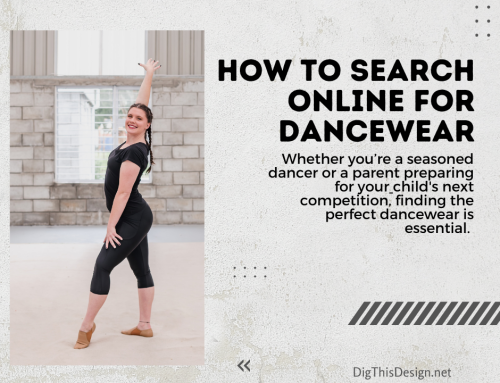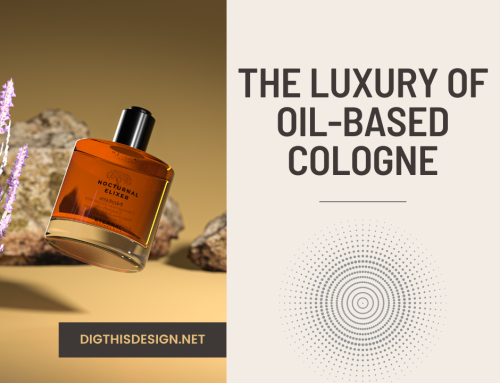Studying women’s fashion over a decade tells a fascinating story of the evolution of women.
Fashion refers to creating outfits by manufacturing, obtaining, and matching clothes and accessories. Fashion can also describe the style of dressing that’s trendy in a particular era for a specific demographic.
Besides its everyday practical use, fashion serves as a form of expression and symbolizes the wearer’s cultural background, economic status, and values. Analyzing the fashion of a particular group of people can say a lot about their standing in life. This article explores the distinctive style shifts in women’s fashion through the years and what they signified for the women of the time.
Exploring Women’s Fashion Shift Over 100 Years
1900s Women’s Fashion Trends
In the 1900s, women wore feminine clothing characterized by laces, frills, and embroidery. The more popular tops in women’s fashion featured high necklines worn with boned corsets to produce an S-shaped silhouette. Women also wore floor-length skirts, which persisted since the 19th century.
1910s
During the 1910s, women began to perform jobs previously done solely by men, such as factory and office work. Some workers wore a uniform, but most of the female members of the workforce wore a blouse and skirt combo. Skirt lengths started to shorten to a conservative ankle length during this decade and changed women’s fashion styles.
1920s
The 1920s dubbed the Roaring Twenties for a good reason, saw an increase in the freedom enjoyed by women and women’s fashion became more empowering. For example, women were now allowed to study at universities and pursue careers. Clothes became more comfortable and unrestrained compared to earlier styles, with brassieres replacing corsets and skirt lengths shortening to knee length.
The 1920s also marked the emergence of flappers or women who shunned the traditional norms expected from women. They wore loose, short dresses, which sometimes reached above knee length, with elaborate accessories and short, bobbed hair which were reflected in women’s fashion styles.
1930s
The skirts of the 1930s lengthened to mid-calf level, with floor-length skirts becoming the standard for evening wear. The cosmetics industry boomed during this decade. Most women of this time carried makeup essentials, such as lipsticks and face powders, in their handbags for retouching.
1940s
In the first half of the decade, the style of women’s fashion uniforms influenced everyday fashion. Women wore tops with shoulder pads and knee-length skirts. Trousers also began to become popular among women.
After World War II ended in 1945, women’s fashion etiquette rules ceased. Women had more freedom to choose what they wanted to wear. Improved technologies also allowed manufacturers to create clothes faster and at a lower cost, which made women’s fashion more accessible.
1950s
The 1950s embraced more feminine silhouettes, giving way to fuller skirts and nipped waists. As the decade progressed, the trendy style shifted from slimmer and straighter styles, though the feminine silhouettes remained in most gowns of the time.
1960s
The fashion of the 1960s evolved to include more casual ensembles. Mini skirts and dresses began to become popular. Developments in the fabric industry led to the use of new materials, such as polyesters and PVC, imparting a more playful look to clothing. Bold accessories such as tanzanite earrings and necklaces that Tiffany and Co. popularized were also in style.
The hippie movement also emerged during this time. The movement advocated a freer lifestyle that was more aligned with nature. The time’s fashion reflected this philosophy, characterized by relaxed clothing made from natural fibers. Floral and tie-dyed clothing were also popular.
1970s
Cultural shifts allowed the fashion of the 1970s to become bolder and more liberated. The development of synthetic fibers also led to the expanded production of ready-to-wear clothing, making fashion items more affordable.
Designers adapted traditional menswear, such as suits and trousers, for women as formal and office wear. Wrap dresses also became popular, allowing women to have outfits professional enough for the office but can be styled for nighttime activities.
1980s
The fitness craze from the late 1970s gave rise to the athleisure trend of the early 1980s. Women wore stylish sportswear as everyday clothes. Outfits inspired by dance videos, such as brightly colored bodysuits and leggings, were trendy.
Toward the latter half of the decade, “power dressing” appeared, influenced by the need to feel in control in a male-dominated workplace environment. In this style, women wore “power outfits” such as suits with padded shoulders and styled with bold accessories.
Another style popularized in the 1980s was the goth fashion and aesthetic, characterized by dark clothing and makeup, to show individuality in contrast to more popular and mainstream styles. Through the decade, goth fashion evolved and began to borrow elements from other subcultures, such as rock and metal.
1990s
In the 1990s, women began to take inspiration from the fashion styles of the past decades, leading to more diversified trends. Aside from the reemergence of fashion styles from the earlier decade, more casual, minimalist, and practical styles took traction. This trend and the rise in the appeal of vintage or secondhand items led to the rise of the grunge aesthetic, characterized by oversized clothing and baggy jeans.
The 2000s and Beyond
21st-century fashion is more versatile and diverse compared to earlier decades. Older fashion styles continue to reintegrate into modern trends. Despite the emergence of these styles, jeans are still a staple of the 2000s fashion.
Celebrities and social media personalities influence fashion more than ever, largely thanks to the availability of fashion information brought by the internet.
The increased awareness of environmental problems among the population has emphasized the need for sustainable fashion, leading to the development of natural and recycled fabrics.
Conclusion
As the chronology of trends shows, fashion reflects the social changes and cultural expression of women in each decade. Fashion will continue to evolve as the world moves into the age of technology and mindful consumerism.
Other posts you might enjoy:
10 Trendy Fashions outfits for women Must Have for the Winter





